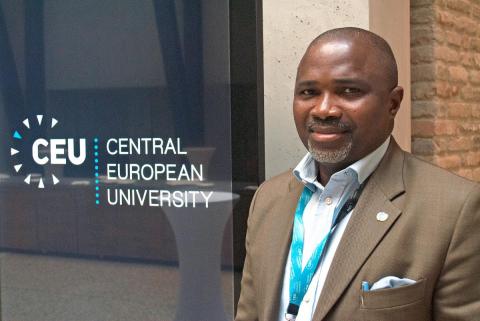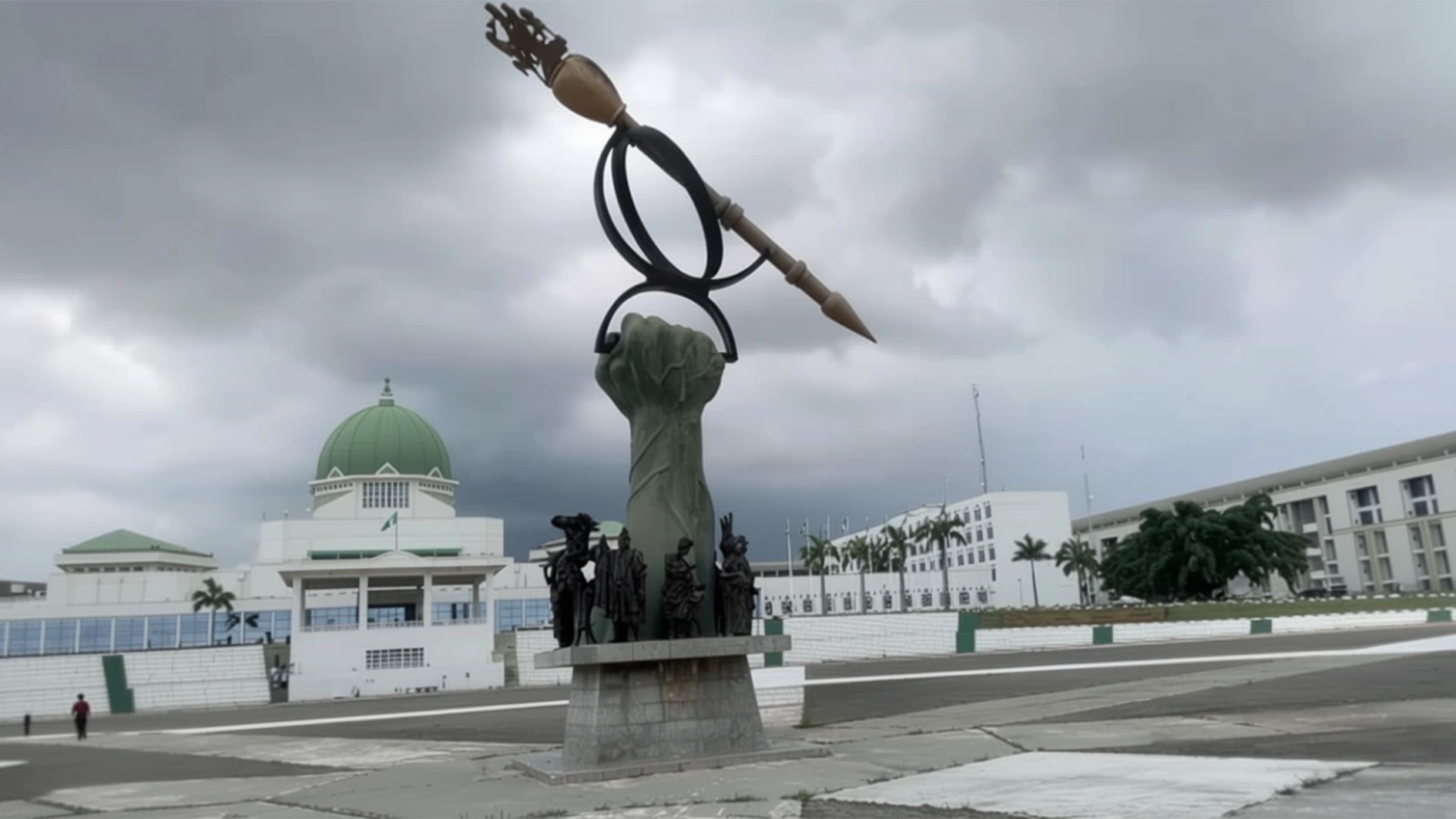
Electricity subsidy gulped N1.4 trillion in the first, second, and third quarters of 2024 despite a tariff increase, according to the National Electricity Regulatory Commission (NERC).
The NERC revealed this in its third-quarter report.
According to the NERC, the government covered the gap between the cost-reflective and allowed tariff in the form of tariff subsidies. This is done in the absence of cost-reflective tariffs.
These subsidies are applied to the generation cost payable by electricity distribution companies (DisCos) to the Nigerian Bulk Electricity Trading plc (NBET) at source in the form of a DisCo’s Remittance Obligation (DRO).
The DRO represents the total GenCo invoice that is billed to the DisCos by NBET based on what the allowed DisCo tariffs can cover
In the third quarter of 2024, the government incurred a subsidy obligation of ₦464.12 billion, 54.71% of the total NBET invoice. This figure represents a ₦84.06 billion increase from the subsidy incurred in the second quarter.
READ ALSO: NERC transfers regulatory oversight of Lagos electricity market to LASERC
“The Government incurred a subsidy obligation of ₦464.12 billion13 (54.71% of total NBET invoice) in 2024/Q3. Between 2024/Q2 and 2024/Q3, the subsidy obligation of the government increased by +₦84.06 billion, from ₦380.06 billion (52.51% of total GenCo invoice) to ₦464.12 billion (54.71% of total GenCo invoice),” the NERC noted.
The amount incurred as subsidy in the year’s first quarter is the highest in 2024 thus far. The government incurred an electricity subsidy of N633 billion between January and March of 2024.
This brings the total amount incurred as a subsidy between the first and third quarters of the year to a total of N1.477 trillion. This is more than twice the amount incurred as subsidy all through 2023.
The government incurred subsidies of N36.02 billion, N135.23 billion, N204.6 billion, and N252.76 billion in the first, second, third, and fourth quarters of 2024, respectively. When summed up, the total is N628.6 billion.
READ ALSO: NIMR spends N218m on electricity in five months
Nigeria spent more on electricity subsidies in 2024 than it did in 2023 before the government announced a tariff hike for Band A customers in April.
Before then, the electricity tariff was pegged at N68 per kilowatt-hour. This increased to N225 per kilowatt-hour in April.
An increase in power generation costs and higher exchange rates have contributed significantly to the rise in subsidies amid tariff hikes.
In December 2023, the dollar-to-naira exchange rate was pegged at about N800, the highest it had ever been for that year. A year later, the dollar is being exchanged for twice that amount at N1700.
Since Nigeria’s power sector relies heavily on fossil fuels, especially natural gas, for electricity generation, the increased exchange rate and rising fuel costs of these fuels lead to higher overall power production costs.






